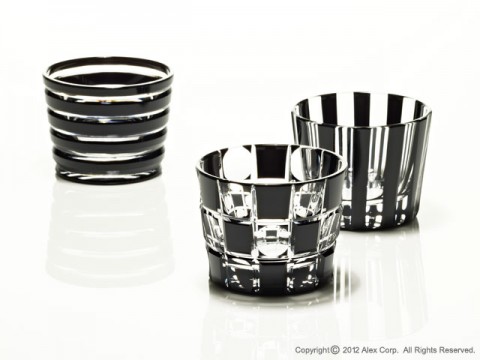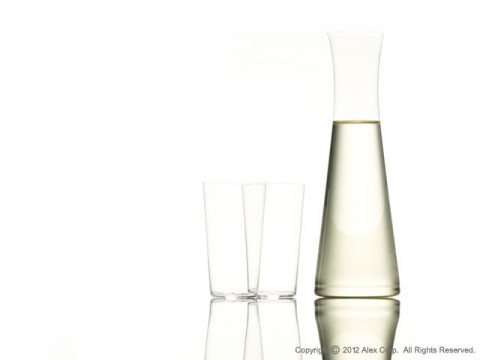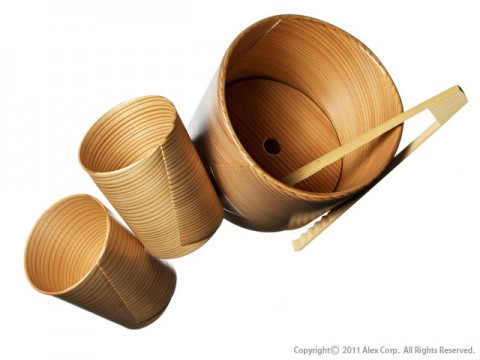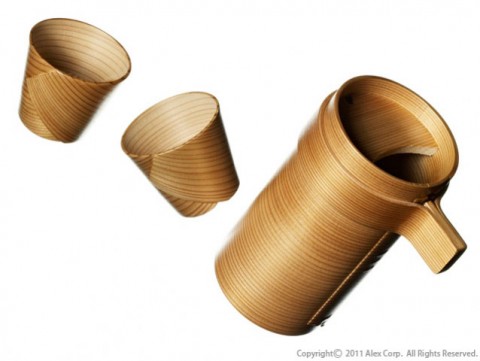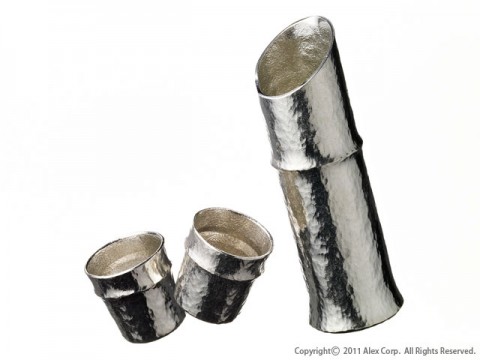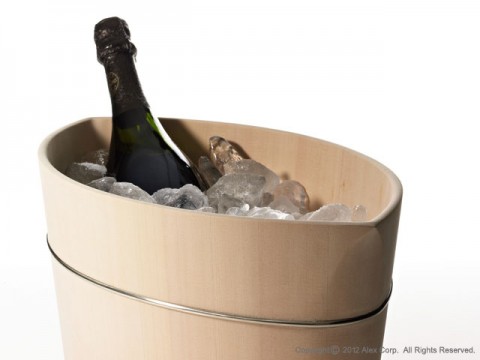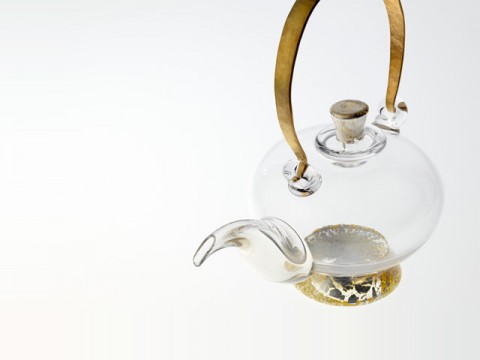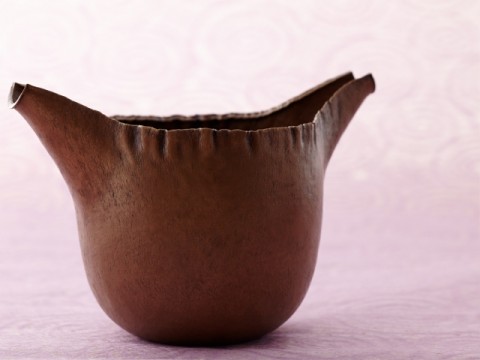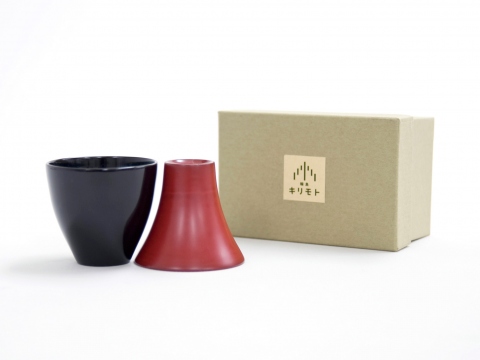Sake, the spirit of the Japanese people
“It’s not a coincidence that sake brewed in a given area tends to go very well with local delicacies.”
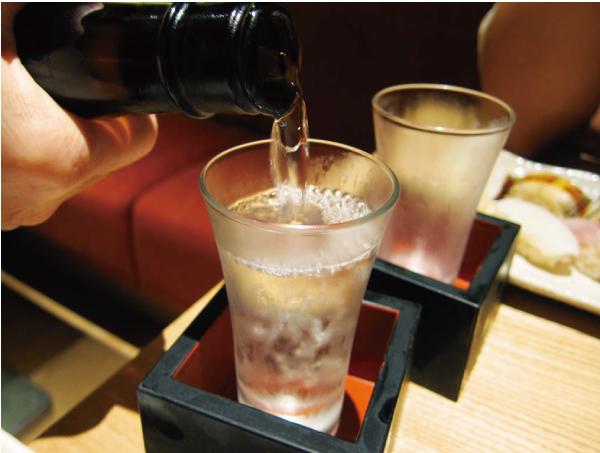
Eulogized as “Mizuho no Kuni” (A Country Lush with Rice), Japan’s rice-growing culture has existed since antiquity. Consumed as the country’s staple diet for thousands of years, this valuable resource is also used to brew sake and, as well as being widely enjoyed, is offered to the gods in appreciation and reverence. Indeed, the traditional festivals held throughout Japan, in which sake plays an important role, have roots in the associated religious ceremonies where people prayed and gave thanks for a good harvest.
Sake is a distilled liquor somewhat similar to wine. Differing by region and brewery, each vintage’s subtle combination of flavor, aroma and texture is directly dependent on the type of rice used, the mineral content of the water used as well as the ambient climate. However, as a complex production process is necessary, arguably the most important element is the presence of a “Toji” (master brewer). These extremely skilled gentlemen are able to create high quality sake even in years when the quality of the rice harvest is less than perfect.
The delicate nature of sake requires the brewer to create his target flavor by facilitating the fermentation of microbes. At the same time, one of the most critical aspects of sake production is temperature control. For these reasons, sake is usually produced during the winter months.
Most of the current 1,300 sake breweries in Japan have been handed down through many generations. Though not uncommon for breweries to have more than 100 years of history, the oldest, established in 1141, is currently overseen by its 55th president.
How to enjoy sake #1: Selecting type
In sake production, rice is polished to remove the bran as it causes an unpleasant flavor. The more the rice is polished, the purer the flavor of the sake and the fruitier its aroma. This type of premium sake is best enjoyed chilled and served in a bespoke ‘cup’.
While sake made from rice polished to less than 50% of its original size is called “Dai Ginjo” (super premium sake), sake made from rice polished to less than 60% of the original is called “Ginjo” (premium sake). Some breweries even make sake with rice that is polished down to 8%! These premium liquors are made in limited quantities, using only the very best ingredients and much time and effort.
In recent years, the number of breweries specializing in Junmai-shu production has been on the increase. Junmai-shu (literally, “pure rice sake”) is made from rice combined with “Koji rice” (steamed rice that has had Koji mold spores cultivated onto it). Some Junmai-shu is made with low-polished rice (80%, for example), as brewers want to use as much of this valuable resource produced by hard-working farmers as possible, and allow consumers to fully enjoy the flavor of rice. Junmai-shu can be enjoyed chilled, but the beverage becomes smoother and more flavorful when warmed to between 40 and 45 degrees Celsius.
Though sake can be enjoyed year-round, some, such as “Shin-shu” (first-brew-of-the-season), “Natsu-zake” (summer-brew) and “Aki-agari” (autumn-brew), also called “Hiya-oroshi”), are only available at specific times of the year. Many featuring seasonal motifs, bottle labels add another dimension to sake enjoyment. Other kinds of sake include bottle-fermented sparkling sake, unfiltered “Nigori-zake” and “Ko-shu” (“old sake”, aged over many years).
While unprocessed sake can have an alcohol content of as much as 20%, the average is between 14 and 16%. However, in recent years, sales of sake with an 8 to 13% alcohol content (roughly the same as wine) have increased. While purists might frown upon the practice, sake “on the rocks” can be enjoyed if the alcohol content seems too high. Please change the type of sake and the drinking method to suit your mood and the particular delicacies of the season or the cuisine being appreciated.
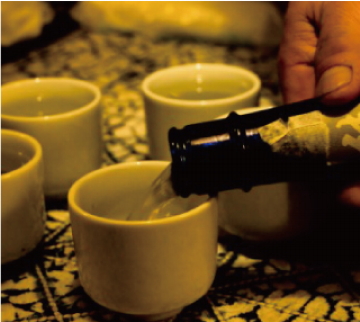
How to enjoy sake #2: selecting cuisine
Rich in amino acids, sake goes well with various world cuisines including Japanese, French, Italian, Chinese and many others. Although white wine is famous as an accompaniment for seafood, sake is actually much better suited as it removes odors and brings out the delicious taste of shellfish. Believed to contain more than 800 fragrance types and flavor elements, sake also suits dishes that use herbs and spices. It is also excellent with fermented foods, especially cheese, and of course with classic miso and soy sauce based dishes. You should try it!
While removing fat and leaving a refreshing taste on the palate, the high amino acid content present in heated Junmai-sh serves to enrich the flavor of meat dishes.
Sake is the best liquor to enjoy at mealtimes. As it’s made from rice, sake goes well with foods that taste delicious with rice! (It’s also an essential cooking ingredient used to enhance flavor.) Please try sake with various foods. Did we mention that it goes great with cheese?
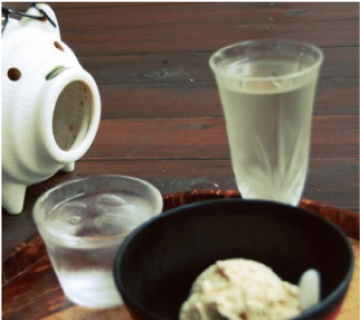
How to enjoy sake #3: selecting cups & servers
Depending on your mood and the cuisine to be enjoyed, the range of flavor characteristics of any given sake can be brought out by serving it at different temperatures in flasks and cups made of a variety of materials. The flavor of warm or hot sake, usually served between 35 to 60 degrees Celsius, changes according to its temperature. When heated, high-grade sake becomes even more delicious as its inherent, natural flavor become more apparent. As hot sake is usually served in small cups called “Ochoko”, its flavor is appreciated in tiny sips while it has a relaxing effect on the body. Hot sake is not only good for the winter season, but also for the summer when your body has been cooled by air conditioning.
By pouring your chosen sake into a flask and placing it in near boiling water for about 90 seconds, you can make warm sake at home (about 40 degrees Celsius). As the beverage stays warm for longer and becomes mellow due to its efficient heat conductivity, using a tin “Ochoko” is recommended. That said, sake flasks and cups come in a variety of shapes and are made of various materials such as glass, porcelain, clay and urushi lacquered wood. Please enjoy the different flavors of sake in a range servers and cups.
。
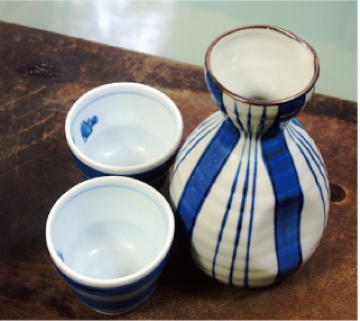
Some final words…
As it has a smooth flavor, drinking too much sake is not a huge challenge! To avoid this, drinking it with a (water) chaser is a good idea. (Two to three times more water than sake is a good rule of thumb - I find I get up feeling fine the next day, if I follow the rule!) I’d be happy if you drank sake not to get intoxicated, but rather to enhance the enjoyment of time with friends and the chemistry between food and beverage while feeling the passion of its makers.
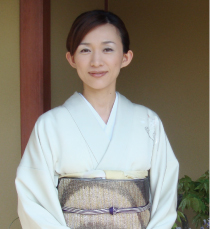
Yuki Aoi
Born in Kobe, Hyogo Prefecture. Ms. Aoi spent some time in the airline industry before becoming an announcer. She has extensive experience as a newscaster, reporter and narrator for news, sports and information programs on radio and TV. She currently appears on the program “Tokudane” on Fuji Television doing live commercials. Ms. Aoi is also interested in food and liquor, and holds various certifications including 1st Class Food Analyst, Sake Sommeliere, Shochu Advisor and Chopsticks Sommeliere. She has been focusing on rejuvenating regional economies through food and Japanese culture. She especially wants to inform people about the appeal of sake and writes columns, advises magazines on features about sake, plans and hosts various events and sake brewery tours, and actively participates in various speaking events such as seminars and talk shows. She wants to promote the image that ladies who enjoy drinking sake are ‘cool.’
Appointed as “Sake Samurai” by the Japan Sake Brewers Association Junior Counci (Since 2011)
※The Japan Sake Brewers Association Junior Council, which consists of young brewers in Japan, appoints people who love sake and who can contribute to promoting the appeal of sake not only throughout the nation but throughout the entire world as “Sake Samurai.” Past appointees include experts in food and brewing from around the world, including several Masters of Wine.
www.sakesamurai.jp/project_english.html
Expert Advisor for the Sake Brewery Tourism Program, Japan Tourism Agency (Since April 2013)
- - Harima Sake Culture Tourism (Himeji City Tourism Section, Hyogo Prefecture)
- - Sake Tourism for Ladies Who Love Japanese Sake (Towada City Tourism Section, Aomori Prefecture)
